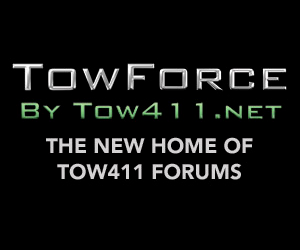Hauling equipment often goes hand in hand with the towing operations. Just like towing a vehicle, it is important to implement best practices when hauling equipment.
Ensuring the load height is within legal and safety limits is crucial when hauling loads. Failing to adhere to these requirements can lead to accidents, fines, or damage to infrastructure such as bridges and overpasses.
Here’s a quick guide on the best practices for measuring and documenting load height before departing.
- Accurately measure the height of a load with reliable tools:
- Measuring poles: These telescopic poles are designed for easily measuring tall loads.
- Laser measuring devices: These provide precise and quick measurements.
- Tape measures: While basic, a tape measure can be effective for smaller or more straightforward loads.
- Measure from the Ground
Always measure the height from the ground level to the highest point of the load. This ensures an accurate reading, as the trailer’s base height might vary depending on the terrain or truck.
- Double-Check the Load’s Stability
Before measuring, ensure that the load is secured and stable. An unbalanced load can shift during transit, increasing the risk of accidents or miscalculating height due to shifting materials. Secure the load with appropriate straps or netting.
- Document the Load Height
- Record the measurement: Include the exact height in documentation or transport logs (i.e Towbook). If multiple loads are being carried, each load’s height must be recorded.
- Capture photos: Take clear photos of the load and the measuring process. These can serve as evidence in case of disputes or inspections by authorities.
- Update the shipping manifest: Include the load height in the manifest or any official documentation handed over to the driver or hauling company.
- Check your route and Comply with Legal Height Limits
- Familiarize yourself with the legal load height limits for the regions you travel through. In most U.S. states, the maximum height limit for vehicles is 13 feet, 6 inches, although this can vary by location. Check for any special permits required for oversized loads.
- If your height exceeds the legal limits, obtain the appropriate permits for oversized, over height, over width loads.
- Recheck Before Departure
Trust, but verify. Perform a final check right before the hauler departs. Environmental factors such as uneven ground or a slight load shift may occur during the loading process. Rechecking minimizes risk and ensures compliance.
Conclusion
Measuring and documenting load height is not just about following the law; it’s about safety and protecting both the driver and other road users. By using proper tools, ensuring stability, and maintaining thorough documentation, your team can ensure compliance and safety of your team and others on the roads.








